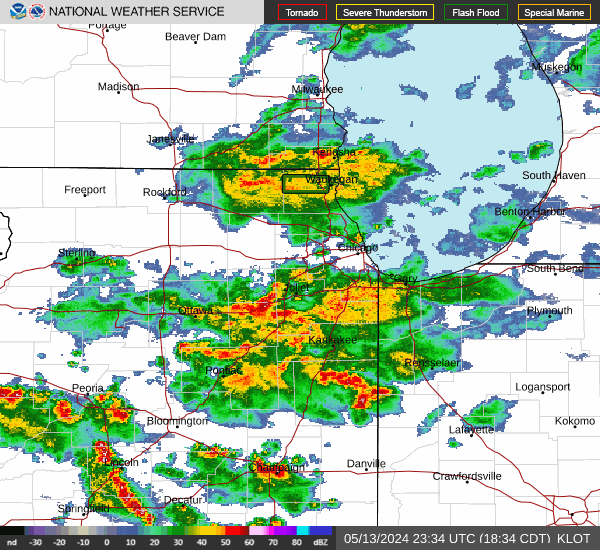|
|
|
| ||||||||||||||||||||||||||

The Columbian Exposition in Chicago in 1893

Chicago's Lake Michigan waterfront in 1913... click for Library of Congress Chicago pics

Chicago's Lake Michigan waterfront in 1927... click for Library of Congress Chicago pics

Two airships over the Century of Progress Exposition in Chicago in 1933... click for Library of Congress Chicago pics
|
TIME Magazine, February 3, 1947, p. 23: NATIONAL AFFAIRS: Big Al He was born in Naples and brought up in Brooklyn. He was hot-tempered, dramatic, sentimental and tough; a hairy, meaty youth with cold eyes and a brawler's arms. An ugly scar disfigured his left cheek-- the mark of a fiery little Sicilian who was the first and last man ever to cut him with a knife. He fought with either his fists or a pistol. By the time he was 19, he was skilled in robbery, and was suspected of two murders. Then he moved to Chicago. In Prohibition days, Chicago was easy pickings for a smart kid from Brooklyn. He went to work for Johnny Torrio, a First Ward vice and bootleg racketeer, running a saloon and brothel (at $75 a week) on South Wabash Avenue. He did his work well. Soon he became Torrio's field general and drill sergeant, and was cut in on a $100,000-a-year profit. Chicago began to hear the newcomer's name. It was Al Capone. Men & Money. With Torrio, he pushed south and west across Chicago and into the saloons, gambling joints and dance halls of suburban Burnham, Stickney and Cicero. He built his own army. By 1924 he commanded 700 men, was making $100,000 a week and lusting for more. But Dion O'Banion, a murderous Irishman with a sweet smile and a passion for flowers stood in his way. Chicago had a war. It was a commercial war, waged with Tommy guns, grenades, sawed-off shotguns, pistols, and speeding automobiles. Its soldiers wore a unique uniform-- black velvet-collared topcoat and pearl grey hat. It was a war which enriched the language, inspired a dozen books, plays and motion pictures, and damned the Volstead Act. It was Big Al's war. O'Banion was rubbed out. His mob half-killed Johnny Torrio with shotgun slugs, broke his nerve and drove him out of town. For a while, the O'Banions were as tough as Al's mob. Its leaders were hard and ambitious-- George ("Bugs") Moran, Vincent ("The Schemer") Drucci and Earl (Hymie) Weiss, the rosary-fingering inventor of the one-way ride. One day seven automobile loads of O'Banion men parked in front of Al's GHQ in Cicero and riddled it with Tommy guns. Al escaped. The O'Banions were not really broken until 1929. That was the year that five Capone gunmen, three dressed to look like harmless policemen, carried out the St. Valentine's Day Massacre, leaving seven men dead in a North Side garage. It was the Austerlitz of gang killings. Capone never paused in his drive for power. He bought politicians wholesale and had complete immunity from the law-- from 1923 to 1926 Chicago had 135 gang killings, six arrests, one conviction, no executions. He gained control of gambling, prostitution, dance halls, dog tracks and roadhouses as well as the enormous beer and liquor business. The U.S. called him Public Enemy No. 1... At the height of his power, in 1927, when he was but 28 years old, he grossed $105 million. He wore expensive clothes, glittered with diamonds, bought whole sections of first-night theater seats for himself and his gunmen... While one great American statute had helped make him, another-- the income tax law-- broke him. He had personally killed some enemies... but he was never tried for murder. He was convicted of evasion of income tax, fined $57,692.29, and sentenced to ten years in prison... While at Alcatraz... his mind grew dull. When he was released in 1939, Chicago heard rumors that Capone was back from his Elba to conquer again. But Big Al was through... He spent his declining years cloistered in his Miami estate... Last week he died of an apoplectic stroke and pneumonia. He was 48. Death had beckoned to him for years, as stridently as a Cicero whore calling to a cash customer. But Big Al had not been born to pass out on a sidewalk or a coroner's slab. He died like a rich Neapolitan, in bed in a quiet room with his family sobbing near him, and a soft wind murmuring in the trees outside. |
